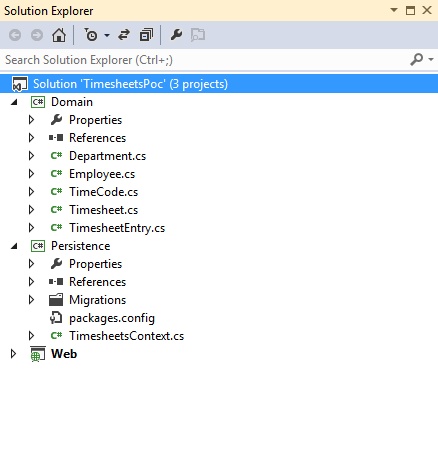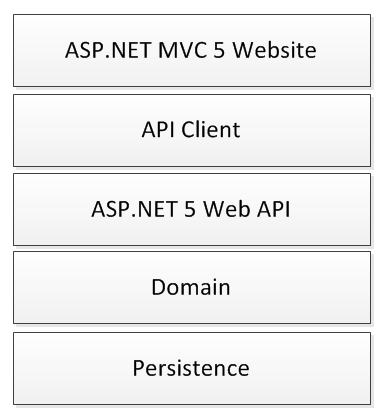Entity Framework Code First to an Existing Database

Recently I had a need to create an entity model from an existing database so started adding an edmx as I had done so many times before in this scenario. Then I remembered reading on the Entity Framework documentation website that its actually possible to reverse engineer a code first model .

